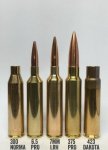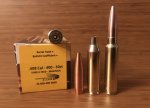So with the ever driving desire to go faster and further. Swamplord and myself will be introducing several new designs into the market for elr Front runners are 5 monster cartridges based on the Ex- nihiol parent cylinder we designed . the 420 Blitzkrieg , 375 mars, 408 Enforcer 416 Destroyer and a 423 Enforcer. All but the blitzkrieg will be available in builds for any one who wants to optimize in the elr world. specialized actions were built and developed for this cartridge. Action was built by John Pierce and builds on this can be purchased threw pierce. We also have 2 other parent cylinder cartridges that are not based on any known cartridge on the market. The Nemesis and Executioner one being designed to operate in a cheytac size tenon action and the other in a 700 footprint lapua tenon size action. from them many children are born. ( WILDCATS ) in all calibers and capacities up to and above barrett h20. last but not least 400 warlord based on again another parent that does not exist on the market. We also worked with John pierce on introducing the 800 series actions in both short and long actions. 1.450 od actions 700 footprint bolt placement 1.187 tenon and a .800 diameter bolt. ( can do up to chaytac size faces) badger extractor and dule ejectors cut out for wyatts extended boxes. For all of Johns hard work we rewarded him with wildcats based on the short action and long action cheytac cases. The thumper and crusher series. all 3 of us worked togather to design the most bad ass wildcats to be used in his actions. please feel free to ask questions. Swamplord may have some to add to my comments 2nd image is the 420 blitzkrieg next to a 300 windbag. Actions with out bolt handle is the blitzkrieg action. Ation with handle is the 800 series short action (Thumper). Last cartridge is the 400 warlord next to a 6.5 creed . The short action has a dummy cartridge next to it that's the 416 Thumper.
Attachments
Last edited:

![IMG_0104[1].JPG](/shooting/data/attachments/177/177846-62f3877c1d5b123fe94f04b992e8f9ec.jpg)
![IMG_0107[1].JPG](/shooting/data/attachments/177/177848-5706406caa9a6109c3e081a25ee23d6d.jpg)
![IMG_0108[1].JPG](/shooting/data/attachments/177/177860-6fe5b6d068a22e7bc07024a4f53509d2.jpg)
![IMG_0109[1].JPG](/shooting/data/attachments/177/177861-9e3b6e1a07f163146c40659fe52eb8cb.jpg)
![IMG_0110[1].JPG](/shooting/data/attachments/177/177862-b2e8d8bf17b04d397a73ad78fc9c3734.jpg)
![IMG_0111[1].JPG](/shooting/data/attachments/177/177863-da4ba2770c6f024ee313c8a17c30961b.jpg)
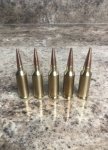
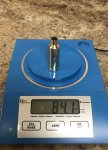
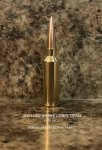
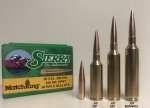

![IMG_0112[1].JPG](/shooting/data/attachments/178/178425-10e345e801cf996791dfdd27d069f168.jpg)
